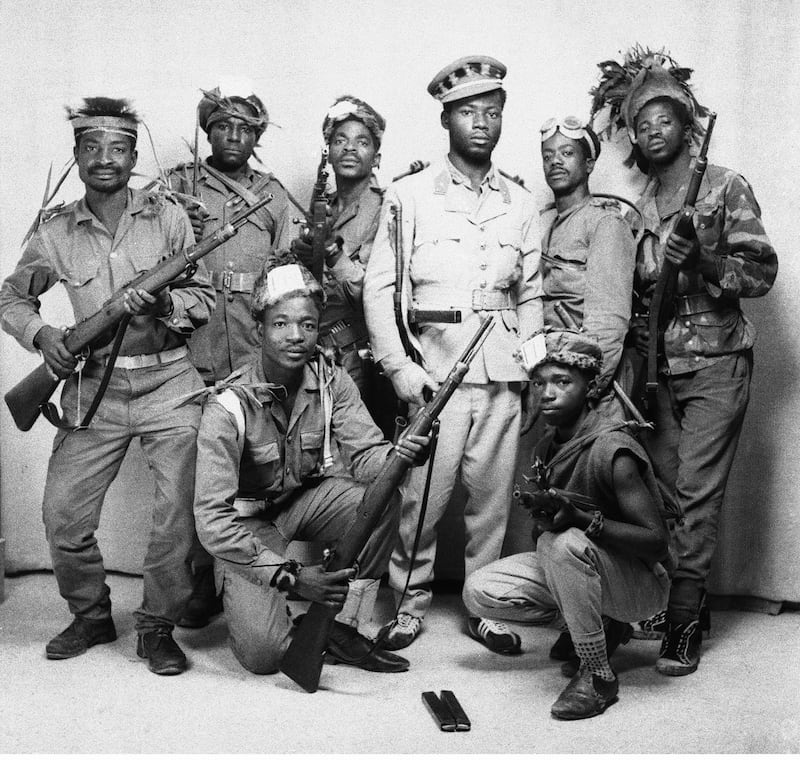
On August 5, 1964, Simba rebels seized the city of Stanleyville, a sprawling colonial jewel perched on the Congo River. Seeking power and revenge for the Western-backed assassination of Patrice Lumumba, the Congo's first democratically elected leader, the rebels took nearly 2,000 Americans and Europeans hostage. The rebels, wearing relics they believed would make them immune to bullets, terrorized the city. Four months into the crisis, American pilots, Belgian paratroopers, and Cuban CIA contractors converged in the deep jungle to attempt one of the largest hostage rescue missions in history.
AP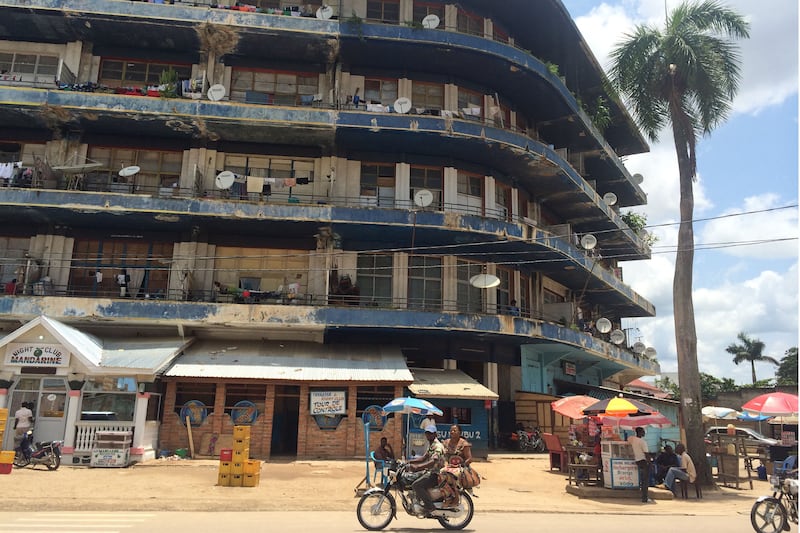
Many hostages were kept in the Residence Victoria, once one of Stanleyville's finest hotels. When the rescue operation began, Simba rebels marched them down the street and then opened fire on the group. Today, 450 people live in the building, which no longer functions as a hotel and is filled with shops, nightclubs, and a restaurant.
Nina Strochlic/The Daily Beast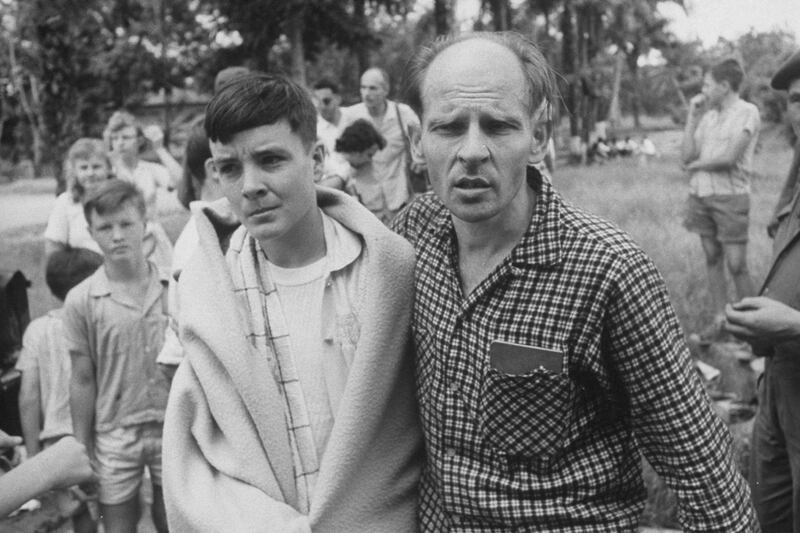
Operation Dragon Rouge was one of the largest, most complex rescue missions in history. Hundreds of Belgian paratroopers swarmed the city, freed the hostages, and brought them to the airport where they were airlifted to the capital of Leopoldville, now Kinshasa.
Charles Bonnay/Getty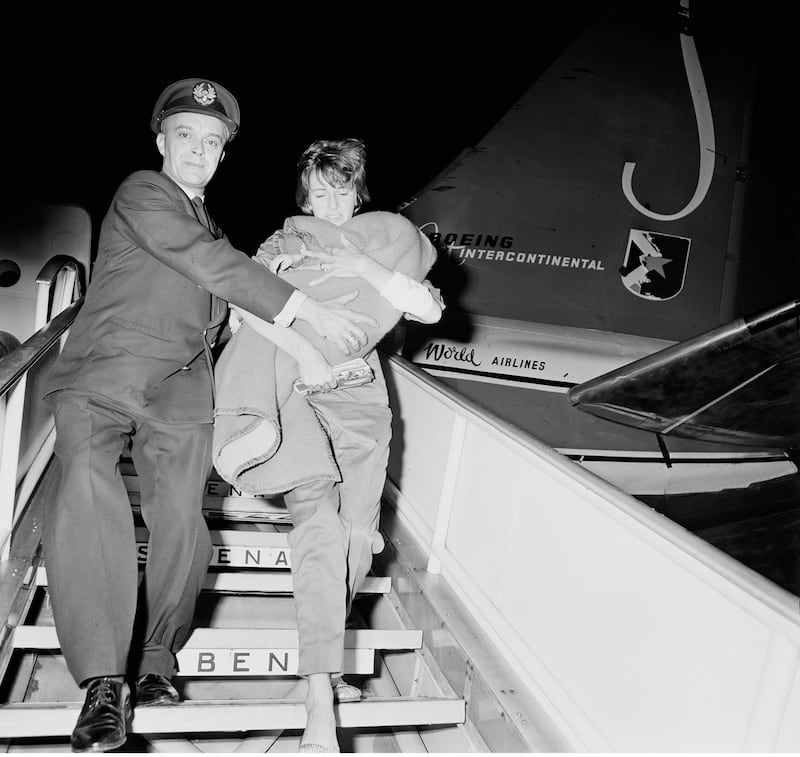
A Belgian hostage and her baby arrived safely at Brussels Airport the day after the successful mission. While the operation was led by the U.S. and Belgium, it included the cooperation of six countries.
Harry Benson/Getty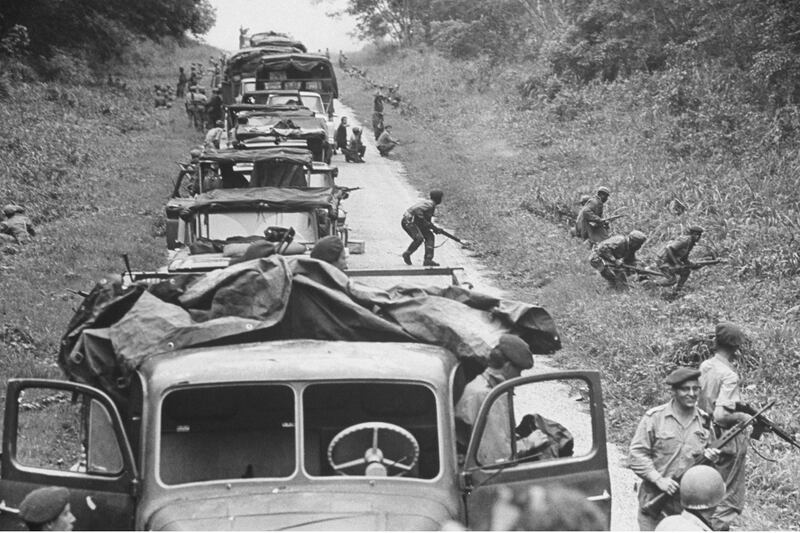
En route to Stanleyville, hundreds of mercenaries, mostly from Rhodesia (now Zimbabwe) and South Africa, came under fire from Simba rebels. They arrived as Belgian paratroopers airlifted out the hostages and then set about clearing the city of rebels. For the next few months, they looted, drank, and, if they grew bored, blew up buildings and drove trains into the river.
Priya Ramrakha/Getty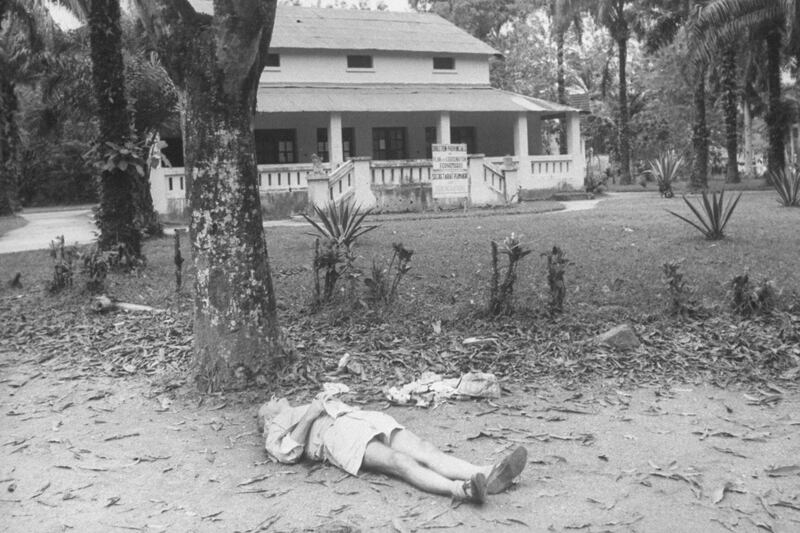
A victim of rebel massacre was left on the ground. Thirty foreigners and two Belgian paratroopers were killed by Simba rebels during the rescue operation. In the surrounding region, many prisoners, including priests and nuns, weren't rescued in time.
Charles Bonnay/Getty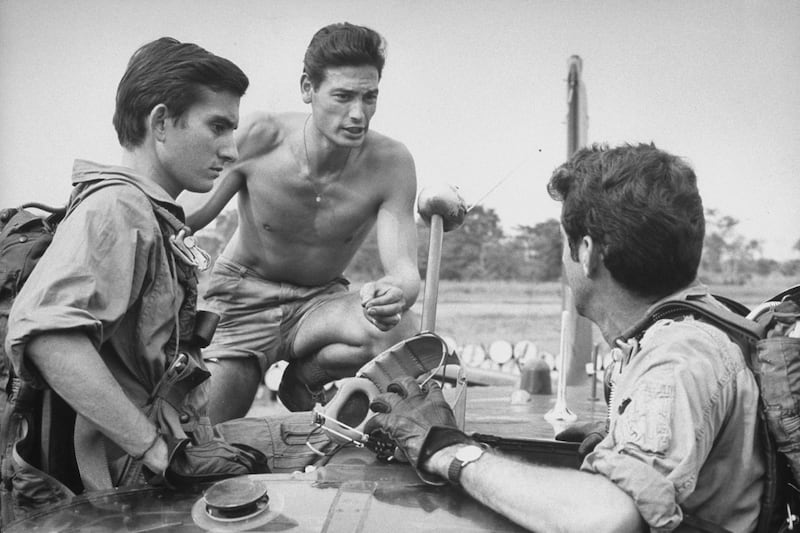
Eighteen exiled Cuban pilots flew B-26 bombers into Stanleyville to rescue the U.S. Consulate staff. During their captivity, the Americans were imprisoned, beaten, and forced to try to eat a flag. Between 1962 and 1967, the CIA contracted the Cubans to fight Communist-backed troops in the Congo, including a group of their own countrymen led by Che Guevara.
Terrence Spencer/Getty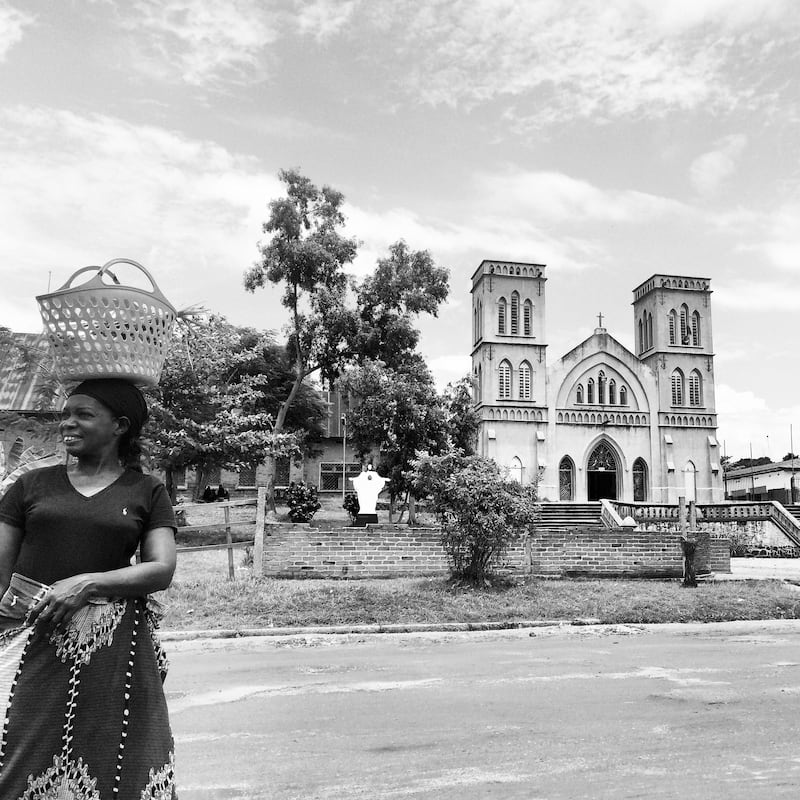
Today, Kisangani is a bustling city living in the ruins of Belgian colonialism. Structures like the city's old cathedral, which sits on the shores of the Congo River, have been left to rot. With an ambitious new governor in office, residents of the city hope it will be revived with a renaissance, rather than another resistance.
Nina Strochlic/The Daily Beast



